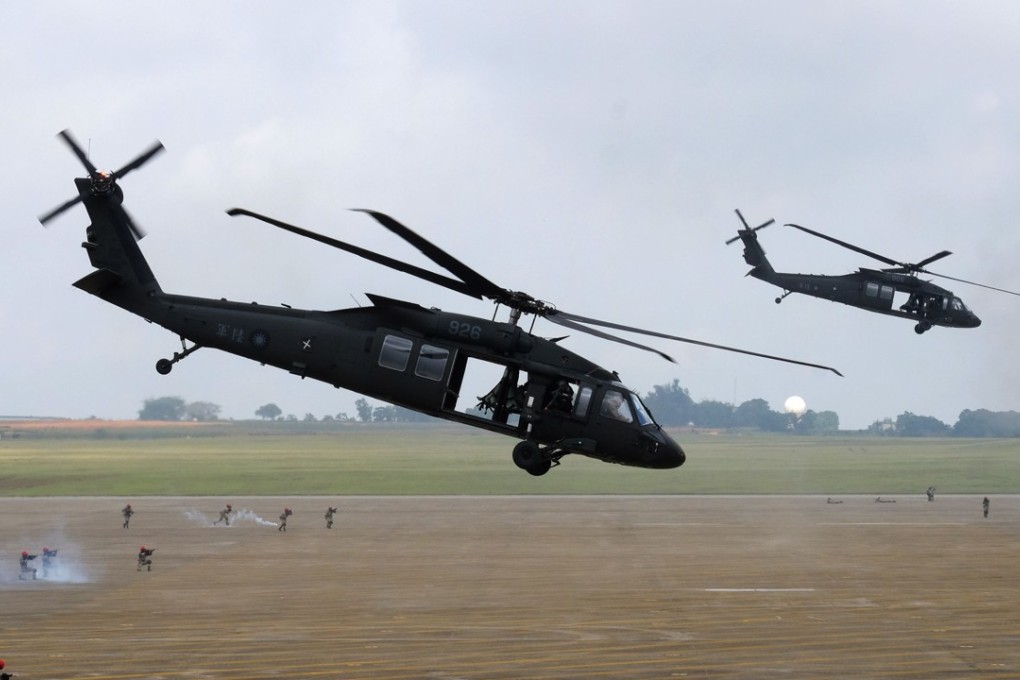Advertisement
Taiwan’s military exercise sends three loud and clear messages – to China, the US and its own people
Michal Thim says given that military force might be China’s only option in its pursuit of Taiwan, the island’s recent Han Kuang exercise signals its battle readiness
Reading Time:4 minutes
Why you can trust SCMP

On the back of the expected Trump-Kim summit in Singapore, the Han Kuang military exercise in Taiwan served as a reminder that the Korean peninsula is not the only hotspot in East Asia. The exercise, from June 4 to June 9, was the largest in recent history. While it is held annually, recent developments underline the need for Taiwan’s military to put its combat preparedness on display.
This year’s drill is the third of Tsai Ing-wen’s presidency and takes place amid Beijing’s military posturing vis-à-vis Taiwan in the form of long-range bomber patrols encircling Taiwan’s amphibious assault drill on the Fujian coast. Taiwan can’t afford to ignore developments in the South China Sea either, after Beijing proceeded with the militarisation of its man-made islands, despite Chinese officials’ past statements to the contrary.
Using the People’s Liberation Army is not the only tool in Beijing’s campaign to pressure Taiwan. Burkina Faso, the Dominican Republic and Panama have switched diplomatic recognition from Taipei to Beijing this year. And scores of airlines have changed their designation of destinations to reflect China’s position that Taiwan is its province.
Advertisement
However, whether any of that will directly affect the stance of either Taiwan’s government or its population remains doubtful. The Taiwanese public will learn to live with these measures as their impact on Taiwan’s capability to continue to function as a de facto independent state is limited at best.
It is precisely the limited success of non-military coercive measures and political incentives that increasingly narrow Beijing’s options in its desire to annex Taiwan into the People’s Republic, making military force not the last but the only available resort.
Watch: PLA air force conducts training flights around Taiwan
Advertisement
Select Voice
Choose your listening speed
Get through articles 2x faster
1.25x
250 WPM
Slow
Average
Fast
1.25x